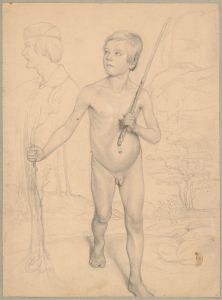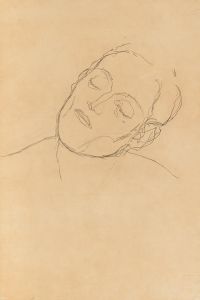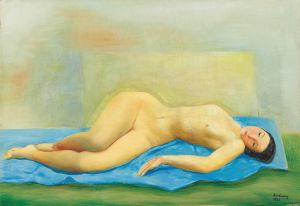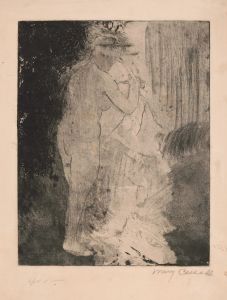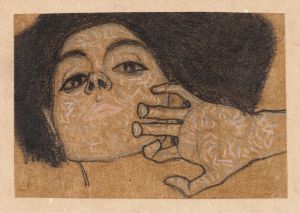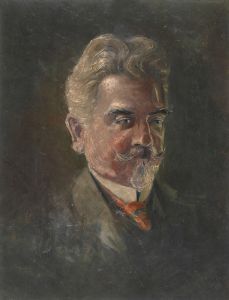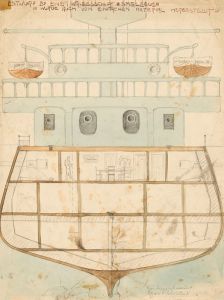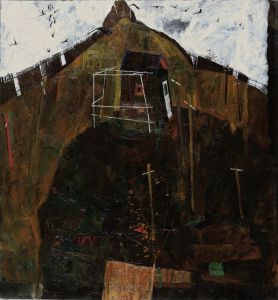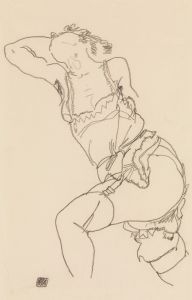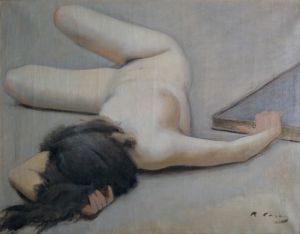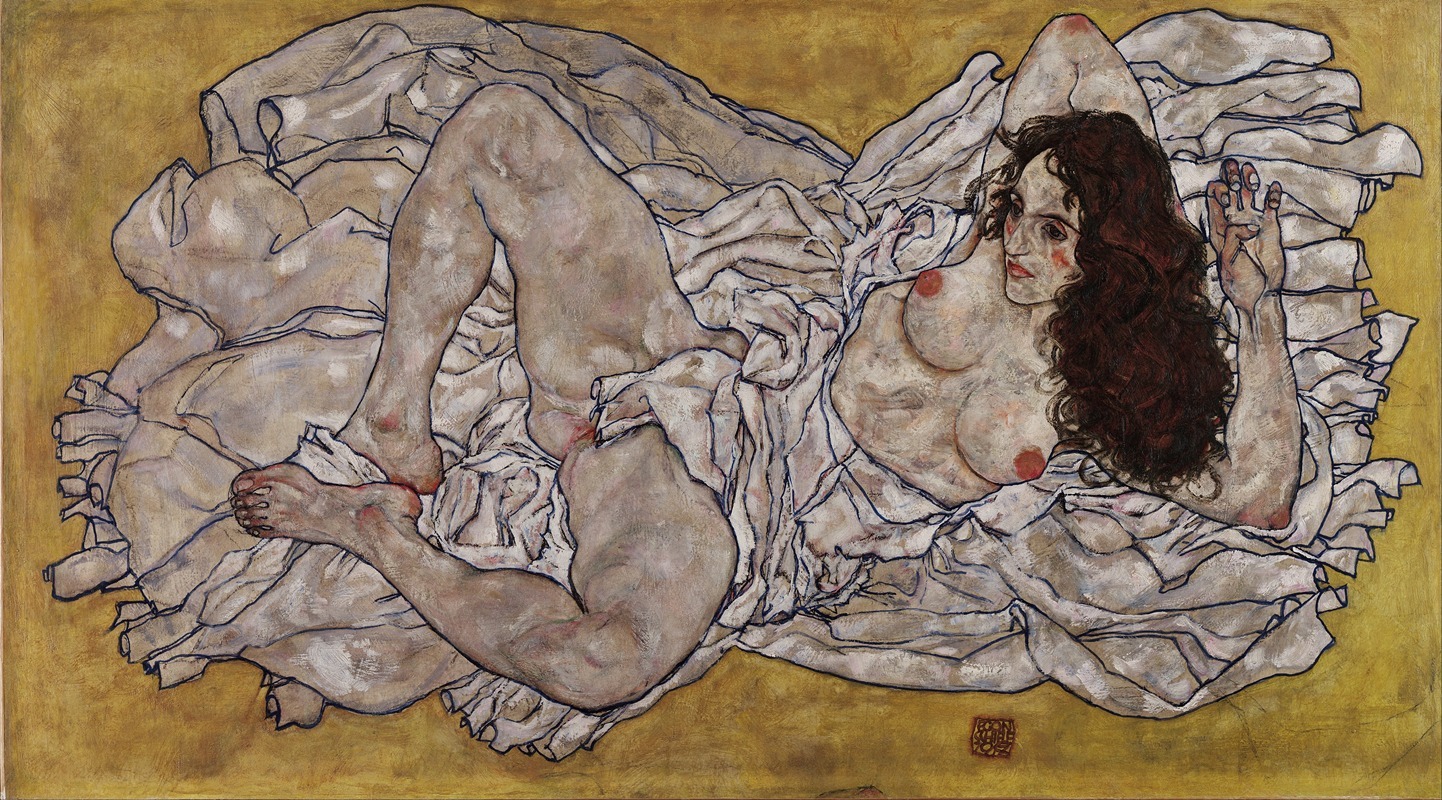
Reclining Woman
A hand-painted replica of Egon Schiele’s masterpiece Reclining Woman, meticulously crafted by professional artists to capture the true essence of the original. Each piece is created with museum-quality canvas and rare mineral pigments, carefully painted by experienced artists with delicate brushstrokes and rich, layered colors to perfectly recreate the texture of the original artwork. Unlike machine-printed reproductions, this hand-painted version brings the painting to life, infused with the artist’s emotions and skill in every stroke. Whether for personal collection or home decoration, it instantly elevates the artistic atmosphere of any space.
Egon Schiele, an Austrian painter known for his distinctive and provocative style, created "Reclining Woman" in 1917. This artwork is a notable example of Schiele's exploration of the human form, characterized by his expressive use of line and color. Schiele was a leading figure in early 20th-century Austrian art, and his works often focused on themes of sexuality, death, and the human condition.
"Reclining Woman" is a testament to Schiele's ability to capture the raw and unfiltered essence of his subjects. The painting depicts a woman in a reclining pose, a common theme in Schiele's oeuvre, where he often explored the vulnerability and intimacy of the human body. The figure is rendered with Schiele's signature angular lines and bold contours, which emphasize the tension and dynamism of the pose. The use of color in the painting is both striking and subtle, with a palette that enhances the emotional intensity of the work.
Schiele's approach to the human figure was heavily influenced by his mentor, Gustav Klimt, yet Schiele developed a more radical style that pushed the boundaries of conventional portraiture. His figures are often elongated and distorted, reflecting his interest in expressing psychological depth and emotional complexity. In "Reclining Woman," these elements are evident in the way the figure's body is contorted, suggesting a sense of discomfort or introspection.
The context of the time when Schiele created "Reclining Woman" is also significant. The year 1917 was a tumultuous period during World War I, and Schiele's work during this time often reflects the uncertainty and existential angst of the era. Despite the external chaos, Schiele continued to produce art that delved into the personal and intimate aspects of human experience.
Schiele's work, including "Reclining Woman," was not without controversy. His candid portrayal of nudity and sexuality challenged the conservative norms of early 20th-century society, leading to both acclaim and criticism. However, his ability to convey the complexities of human emotion and his innovative artistic techniques have cemented his place as a pivotal figure in modern art.
Today, "Reclining Woman" is appreciated for its bold composition and emotional depth. It exemplifies Schiele's mastery in capturing the essence of his subjects, making it a significant piece in the study of expressionism and modern art. Schiele's influence can be seen in the works of later artists who sought to explore the human condition with similar intensity and honesty.
Egon Schiele's untimely death in 1918 at the age of 28 cut short a promising career, but his legacy endures through his impactful body of work. "Reclining Woman" remains a powerful example of his artistic vision and continues to be studied and admired for its contribution to the evolution of modern art.






